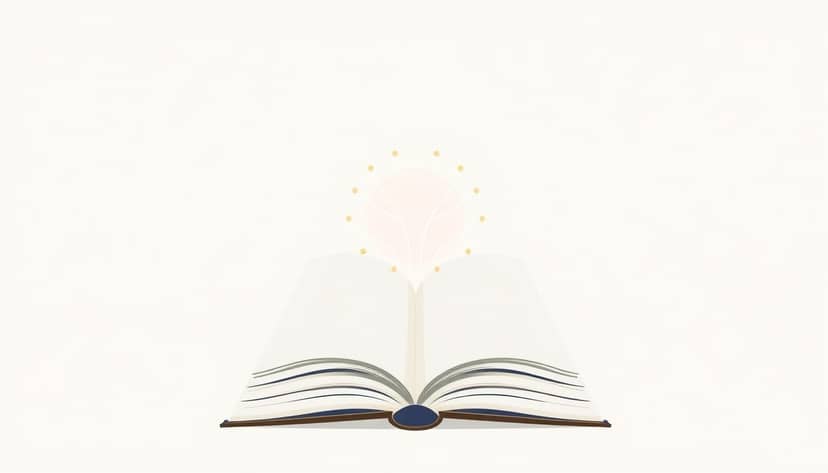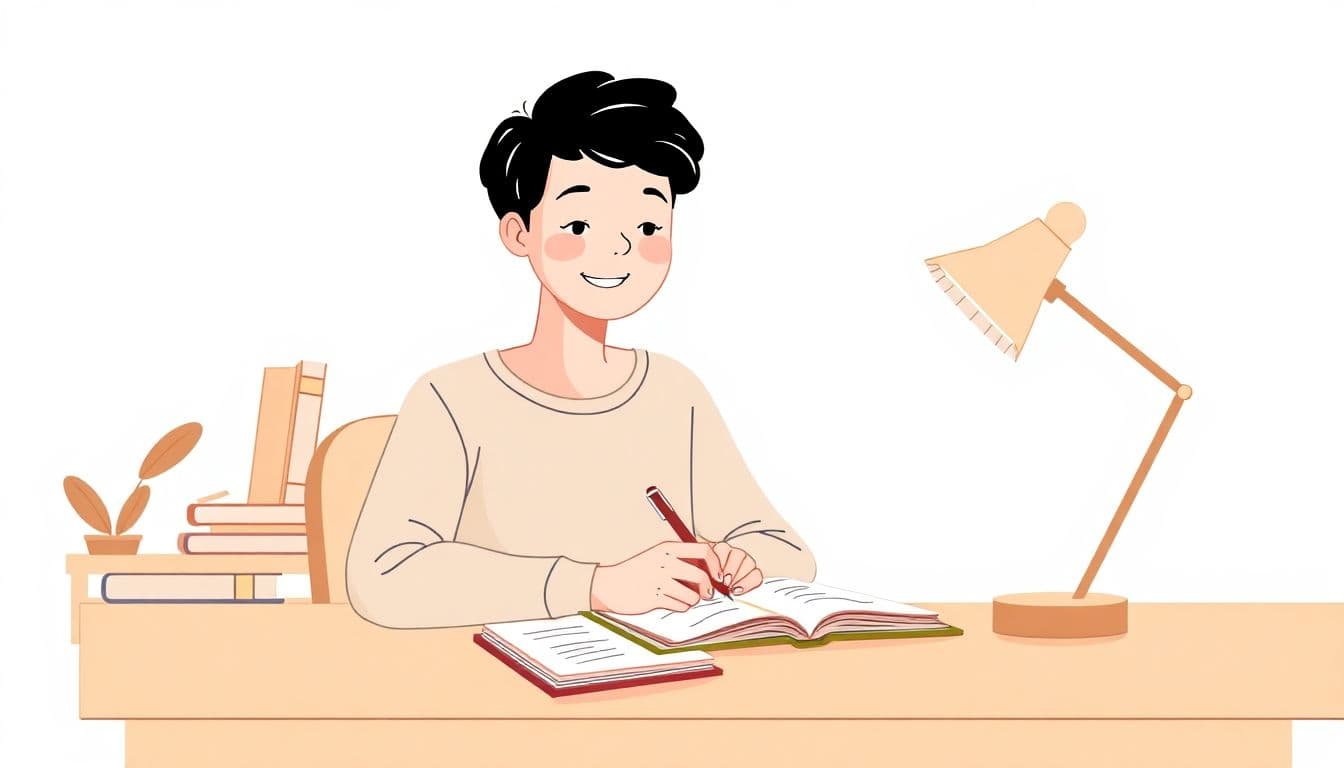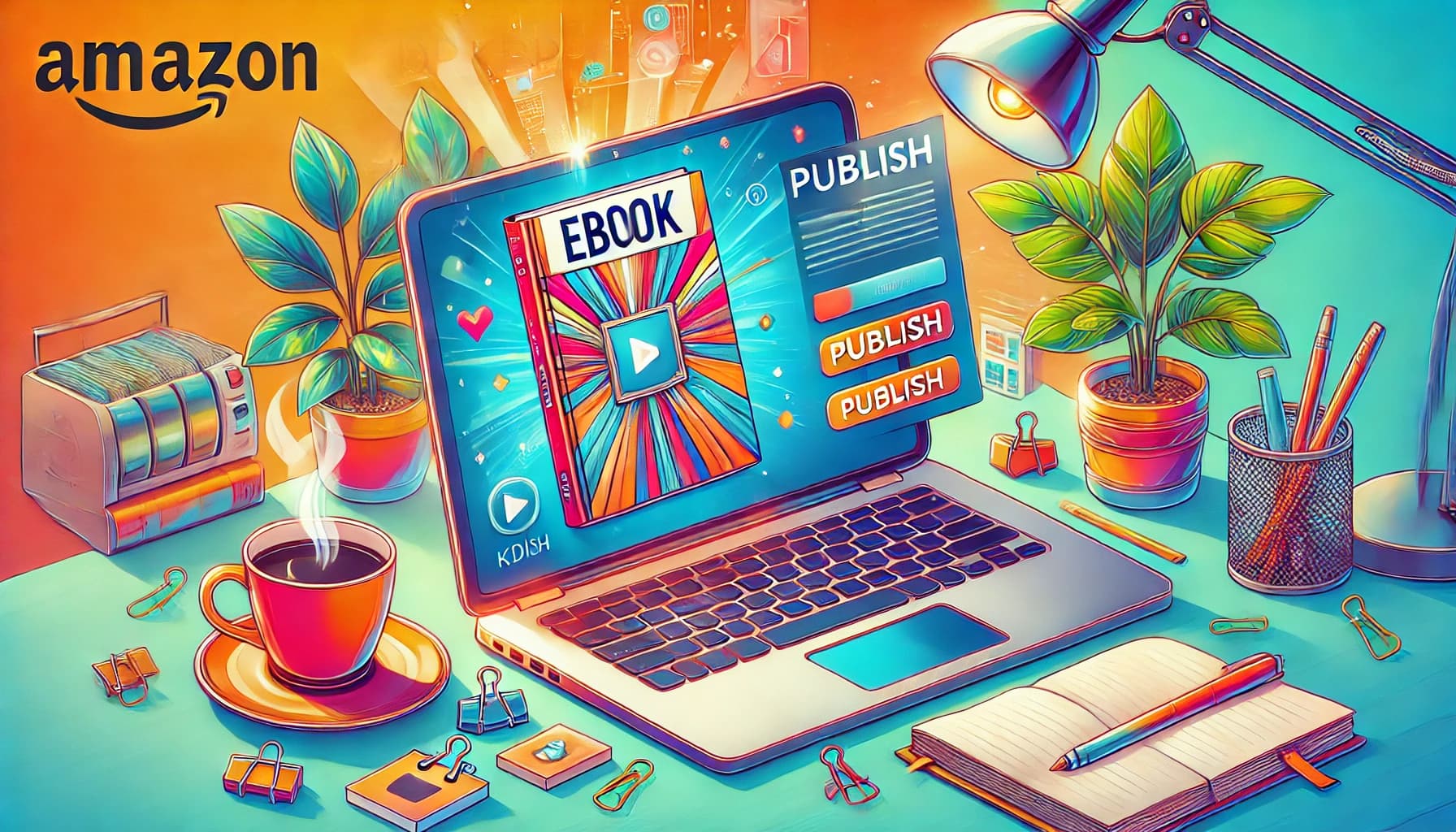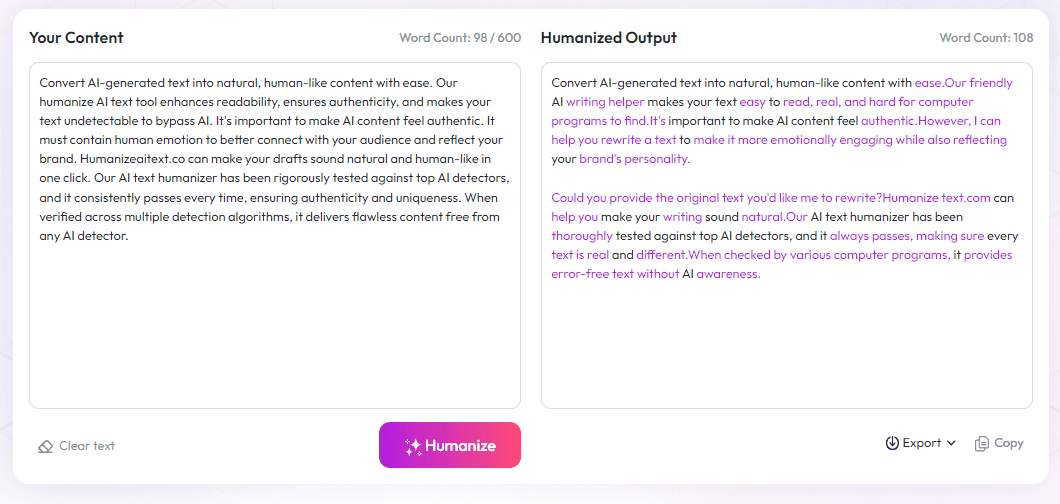Table of Contents
Many writers worry about who really owns the rights to their books. It can feel confusing and a bit overwhelming trying to keep track of copyright, publishing agreements, and licensing. If you keep reading, you'll find simple tips to understand your rights and how to protect them. I'll guide you through the basics and show you steps to take so your work stays yours.
Key Takeaways
- Authors usually own the rights to their book from the moment of creating it unless they sign a contract that transfers those rights to a publisher or other entity.
- Check the copyright notice in your book to see who holds the rights—your name indicates ownership, while a publisher's name means rights were transferred or licensed.
- Self-publishing platforms often allow you to keep full rights, giving you control over how your work is used and licensing options in the future.
- Carefully review publishing agreements, focusing on rights transfer, duration, territory, and exclusivity clauses; consider consulting a legal expert for clarity.
- Rights reversion allows you to regain control of your work after a set time or conditions; include reversion clauses in your contract and request reversion in writing when eligible.
- Maintain control by keeping copies of contracts, monitoring the use of your work, registering copyrights, and staying informed about rights management options.
- License rights separately—such as foreign or audiobook rights—and get clear, written agreements detailing the scope and duration of each license.
- Utilize tools and services to track your rights, license status, and reversion deadlines, making it easier to manage your rights portfolio.
- Negotiate terms that favor your control—prioritize retaining digital, foreign, or other rights—and consider hiring professionals to help with negotiations.
- Stay active in managing your rights by regularly reviewing contracts, updating licenses, and educating yourself on legal and industry standards.

When it comes to your book, who owns the rights? This is a common question among authors, and the answer can make a big difference in how you control and profit from your work. Generally, copyright rights to a book initially belong to the author at the moment of creation. This means that as soon as you write your manuscript, you hold the legal rights unless you’ve signed a contract that transfers those rights elsewhere. So, if you’ve published your book independently, like through Amazon’s Kindle Direct Publishing ((https://automateed.com/how-to-publish-a-graphic-novel/)), you usually keep full control and rights to your work.
These rights include the exclusive ability to reproduce, distribute, display, and create derivative works based on your book. But beware: many authors sign contracts with publishers that transfer some or all of these rights — often without realizing it. Check the copyright notice inside your book, typically on the copyright page, to see who is listed as the rights holder. If your name is there, congratulations — you probably own the rights. If a publisher or another entity is named, then your rights were transferred or licensed through a contract.
Understanding the difference is crucial. Copyright ownership is what grants you the legal authority over your book. Publishing rights, however, are specific subsets of rights—like North American rights, electronic rights, or audiobook rights—that you might license or transfer selectively. For example, you may retain your print rights but license foreign language rights to a publisher in another country. If you’re curious about what rights you might want to keep or license, knowing how rights transfer through contracts is essential. You can find resources like the U.S. Copyright Office ((https://automateed.com/what-is-the-index-of-the-book/)) to help identify who holds the rights to a particular work.
In the realm of self-publishing, platforms like Amazon KDP often allow authors to keep their rights, offering more control and the ability to license or sell rights down the line. Recent changes have impacted royalty rates—particularly for print books priced under $9.99 ((https://automateed.com/how-to-write-a-foreword/))—but your ownership of the work remains intact unless you sign away those rights. Understanding these nuances helps you decide whether to retain full rights or grant licensing options to publishers or other entities.
Overall, a good starting point is always to read your publishing agreements carefully, especially the rights section. If you’re unsure, consulting the copyright notice on your book or using resources like the (https://automateed.com/how-to-publish-a-graphic-novel/) can give you clarity. Remember, maintaining control over your rights means you can decide how your book is used, adapted, and monetized in the future. Protecting your rights early on sets the stage for more opportunities to profit and manage your work according to your vision.
In the next sections, we’ll explore the differences between copyright ownership and publishing rights, how to read publishing agreements, and practical ways to manage and protect your rights long-term. Whether you’re self-publishing or working with a publisher, understanding your rights is the first step toward making sure you get the credit—and income—your work deserves.

11. How to Read and Interpret Publishing Agreements
Understanding your publishing contract is key to knowing what rights you're signing away—and what you're keeping.
Start by carefully reviewing the rights section—look for clauses about transfer, licensing, or retention of rights.
Pay attention to the duration and territory definitions—are your rights limited to specific countries or timeframes?
Check if you’re granting exclusivity or non-exclusive rights—non-exclusive rights give you more control.
Look out for any clauses about sublicensing or rights reversion—these can affect your ability to regain control later.
It's a good idea to consult a lawyer or literary agent who can help interpret complex legal language and advise on negotiations.
If you’re uncertain about any terms, don’t hesitate to ask questions or seek clarification before signing.
12. The Importance of Rights Reversion and How to Obtain It
Rights reversion is when your publisher or licensee returns the rights to you after a certain period or under specific conditions.
This process is vital if you want to regain control over your work or update and re-publish later.
Typically, reversion clauses are included in your contract—if not, consider negotiating this point.
To initiate reversion, send a formal written request to your publisher once the agreed-upon conditions are met.
Keep detailed records of all communications to avoid misunderstandings or delays.
Reversion can help you re-license, self-publish, or sell your book further down the line.
13. How to Maintain Control Over Your Rights Long-Term
Maintaining control means regularly reviewing your rights and staying proactive about renewing or reasserting them.
Keep copies of all contracts, amendments, and correspondence related to rights transfers or licenses.
Monitor the use of your work—if someone uses your book without permission, act fast to notify them or seek legal advice.
Consider registering your copyright nationally (like with the (https://copyright.gov/)) to strengthen your legal position.
Update your rights status if you’ve negotiated reversion clauses or license agreements in the past.
Stay informed about changes in publishing laws and platform policies that could impact your rights.
14. Examples of Common Rights Licenses and How They Work
Licenses can be simple or complex—think of them as permission slips with specific rules.
For example, a foreign rights license allows another publisher in another country to publish your book, while you retain other rights.
Some licenses are non-exclusive, meaning you can license the same rights multiple times; others are exclusive.
Think about licensing audiobook rights separately from print rights—you might want to keep some rights to yourself.
Always get clear, written agreements detailing what rights are licensed, for how long, and in what territories.
15. Using Rights Management Tools and Services
Technology can help you track and manage your rights more effectively.
Platforms like (https://automateed.com/rights-management-tools/) allow you to monitor licensing agreements and rights status across different platforms.
Some services offer automated renewal or reversion notifications—think of it as your rights' personal assistant.
Consider digital rights management (DRM) tools if you want to control how your digital content is accessed and shared.
Keeping an organized record of your rights portfolio makes it easier to license or revert rights when needed.
16. When and How to Negotiate for Better Rights Terms
Negotiating rights terms is part of being an active author—don’t settle for standard contracts if you want more control.
Identify what rights are most valuable to you—whether it's digital, foreign, or audio—and prioritize retaining them.
Be prepared to negotiate duration, territory, and exclusivity clauses—know your goals before discussions.
Consider hiring a lawyer or literary agent for negotiations—they understand market norms and can advocate on your behalf.
Remember, good negotiation can lead to better licensing deals, reversion clauses, or higher royalties.
17. Summary: Staying Informed and Proactive About Your Rights
Keeping tabs on your rights can be the difference between losing control and having the freedom to grow your work.
Regularly review your contracts, register your copyrights, and update licensing agreements as needed.
Stay educated on industry standards—resources like the (https://automateed.com/what-is-the-index-of-the-book/) can provide useful info.
Don’t be shy about seeking professional advice or using rights management tools—they can save you headaches later.
Ultimately, being proactive means you’re the one in charge of your creative empire.
FAQs
The author typically owns the rights initially. These rights can be transferred or licensed through agreements, but ownership depends on the terms set when the book is created or published.
Copyright ownership gives the creator control over how the work is used. Publishing rights relate to the permission to sell, distribute, or reproduce the book, which can be licensed separately from ownership.
Registering your copyright provides legal evidence of ownership and makes it easier to enforce your rights if someone uses your work without permission.
Authors should clearly understand their rights, review publishing agreements carefully, and register copyrights to maintain control and prevent unauthorized use of their work.



